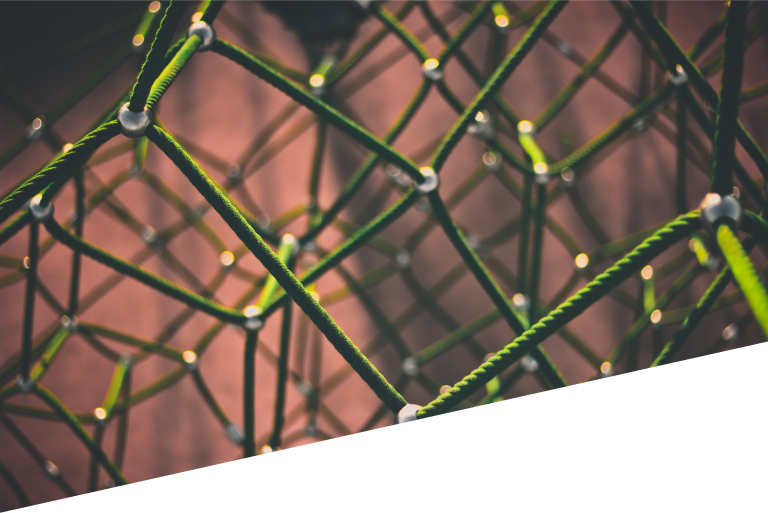Standardizing the standards: W3C Web of Things
Based on the article on W3C standards for IoT (in Spanish), we will today explain the importance of the W3C Web Of Things in the IoT environment.
IoT solutions are typically made up of several technology layers, including
- The elements that are in the field and allow you to obtain information or act on some device (sensors, switches, antennas, etc.)
- The controllers of those sensors and actuators (microprocessors, data stores, etc.)
- The communication layer, which may include gateways that adapt the data and protocols.
- The systems integration layer that allows the global management and vision of the platform for a specific application in any sector.
This is illustrated in the image:

Besides, IoT is an ever-changing paradigm with a wide variety of underlying technologies.
This means that this IoT world has a problem of interoperability, since there are many projects that continue to implement solutions based on isolated, proprietary technologies that only allow interoperability with similar systems or with systems from the same manufacturer, so that even if the solution may be robust and efficient, integration with other products or simple data capture can become a tedious, even impossible, activity.
This clear lack of interoperability has prompted leading standardisation bodies and regulators, including IEFT, IEEE, ETSI, ITU, GSMA, ICO, IIC, and ISO, to research and develop solutions for this problem.
This has resulted in hundreds of standards that meet specific requirements, but are not always compatible with each other. This is exemplified in the following illustration: Through a simplified technology stack represented as the OSI Model, you can appreciate the diversity of IoT technologies and protocols, at different logic levels.

In 2014, W3C began wondering how to homogenize and integrate the technologies in the IoT ecosystem. Through the Web of Things Interest Group, W3C is researching possible solutions to current challenges in industry, government, education and society as a whole. The Web of Things Working Group was created as the main component to develop the standardization work. It is in charge of creating the technical specifications, which are currently focused on
- Architecture: creating an architecture based on Web of Things.
- Description: developing a standard, semantic vocabulary that allows the description of things through controlled languages, allowing automation based on the semantic concepts that characterize them.
- Security: allowing the implementation of existing security algorithms and mechanisms that guarantee restricted access and data privacy.
- Integration: allowing the solution to use any underlying communication protocol (e.g. CoAP, HTTP, OCF, others).
- Discovery: providing mechanisms for self-discovery of the things that are available in a catalog, available within a network or dependent of a service.
- Interface: providing adequate application programming interfaces (APIs) to be able to interact with the system using common programming languages.
These specifications have been brought together in one of the most innovative paradigms of the moment, the W3C Web of Things, which aims to cover one of the main challenges: the orchestration and integration of IoT technologies in applications, allowing for the visualization, interaction, discovery, and re-use of the different IoT components. You can see that in the image, at the top of the technology stack, above the application layer:

As you know, the Onesait Platform implements the W3C Web of Things and implements it in the Digital Twin concept as a digital representation of a real-world entity or system that does not replace the physical system, but works as a replica of it, allowing to communicate with it in the same way that it would with a real system, which facilitates tasks of development, testing, simulation, integration and monitoring of heterogeneous systems, since the interaction of a Digital Twin with the systems of its environment is identical to how it would be with the real system.
Interesting, right? Well, if you want to know more about the Platform, about IoT and about Digital Twin, we recommend you to visit our Developer Portal.






Pingback: Integration and interoperability mechanisms in the Platform – Onesait Platform Community